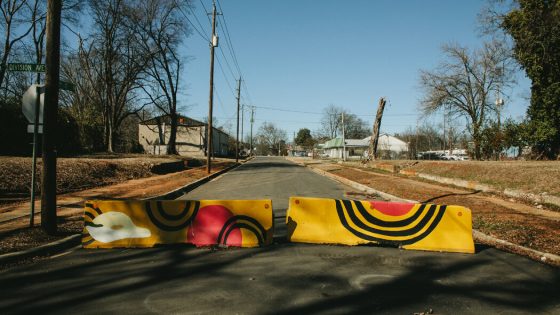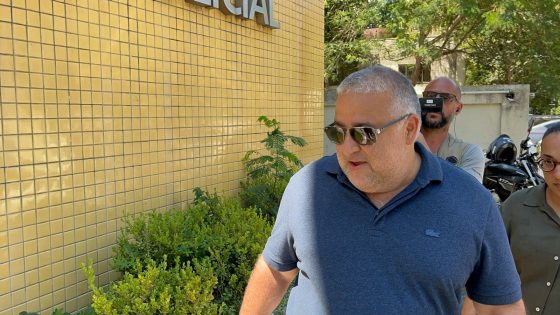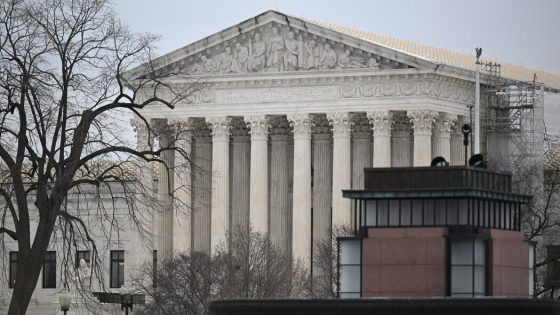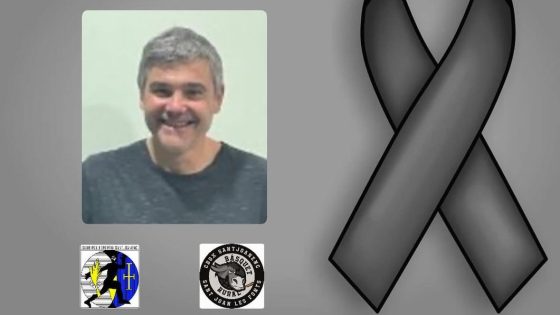Birmingham, Alabama, is implementing a new strategy to combat escalating gun violence in the East Lake neighborhood. This initiative involves placing large yellow concrete barriers around the area to deter drive-by shootings and improve safety for residents.
- Gun violence is a significant issue in Birmingham.
- Concrete barriers were implemented to enhance safety.
- Barriers symbolize ongoing struggles against violence.
- Some residents report feeling safer with changes.
- Concerns remain about effectiveness of the barriers.
The city of Birmingham has been grappling with high rates of gun violence, prompting officials to adopt various strategies aimed at enhancing community safety. The recent installation of concrete barriers is part of a broader effort that includes additional stop signs and speed bumps intended to slow down traffic and reduce dangerous driving behaviors.
Despite these efforts, opinions among residents vary significantly. Some have noted improvements in traffic control and express gratitude for any steps taken towards increasing safety. However, others remain unconvinced that physical barriers can effectively prevent gun violence, citing incidents where bullets could easily bypass these structures.
- East Lake neighborhood population: approximately 2,100 residents.
- Timeframe since barrier installation: six months.
- Reported incidents of gunfire include damage to homes and near misses involving residents.
The challenges faced by Birmingham reflect a larger national issue concerning urban gun violence and community safety initiatives. As cities across America explore similar tactics, the effectiveness of such measures remains under scrutiny. Residents like Annie Pearl highlight the ongoing struggle between hope for change and frustration with persistent dangers in their communities.
The introduction of concrete barriers in Birmingham’s East Lake neighborhood illustrates both an attempt at proactive safety measures and the complexities involved in addressing urban gun violence effectively. As community members continue to navigate this difficult landscape, the outcomes of such initiatives will be closely monitored for potential lessons learned.

































